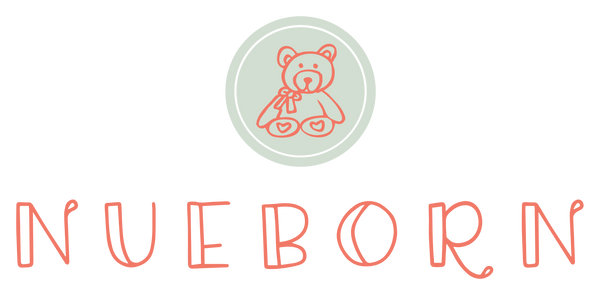
Introducing bottles to your breastfed newborn
Share
A newborn's arrival is a wonderful occasion. Breastfeeding mothers should consider adding bottles to their baby's feeding routine. This article discusses introducing bottles to your breastfed newborn while keeping them warm in nice baby clothes.
Select the Right Time
Bottle introduction must be timed. Wait until breastfeeding is established, usually four to six weeks after birth, say experts.
This offers you and your baby time to bond while your baby wears organic cotton baby clothes without interruption.
Correct Bottle and Nipple
Choose a bottle and nipple that resembles the breast. Choose bottles with slow-flow nipples to match nursing.
The familiar nipple shape will make your infant more receptive to bottle feeding in their comfy clothes.
Expressed Breast Milk First
Start bottle feeding expressed breast milk instead of formula. This gives your infant the taste and smell of breast milk, easing the transition. To help your baby relax, dress them in comfortable newborn clothes.
Let Someone Introduce the Bottle
Some babies refuse bottle feeding from their breastfeeding mother. To avoid confusion, have a partner or caregiver introduce the bottle. The process may be less stressful for you and your baby.
Be Calm and Patient
Transitioning from nursing to bottle feeding can be gradual. Some babies adapt fast, others slowly. Keep your infant in soft newborn garments and be patient to create a tranquil environment.
Stay Skin-to-Skin
Skin-to-skin contact with your infant is essential when introducing bottles. Even when not breastfeeding, skin-to-skin contact keeps your infant close and secure.
Be Regular
Bottle introduction requires consistency. Maintain a consistent feeding schedule and let your infant wear organic clothes during bottle feedings for comfort and familiarity.
Slowly increase bottle feedings
Start with one bottle feeding each day and increase as your baby adjusts. This moderate method helps your infant adjust without overwhelming them.
Relax and Assure
As you introduce bottles, reassure your infant. Keep them near, make eye contact, and converse calmly as they wear attractive baby outfits. This makes bottle feeding seem good.
Pay Attention to Your Baby's Signs
Always follow your baby's cues. If they look upset or uninterested during bottle feeding, take a break and try again. Remember that every infant is different and the adjustment may take time.
Introducing expressed bottle feeding to a breastfed baby takes time and flexibility. Correct technique and gradual transition help most newborns acclimate. The key is to follow your baby's instincts and calm them throughout the process. Balancing nursing and bottle feeding can help you and your baby get the nutrition they need while maintaining a good work-life balance.
Finally, giving a breastfed newborn bottles requires timing, patience, and comfort, making the transition easier for all parties.
